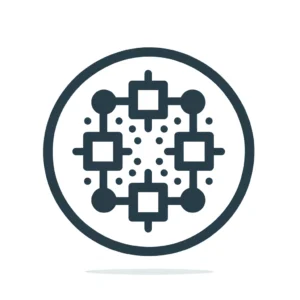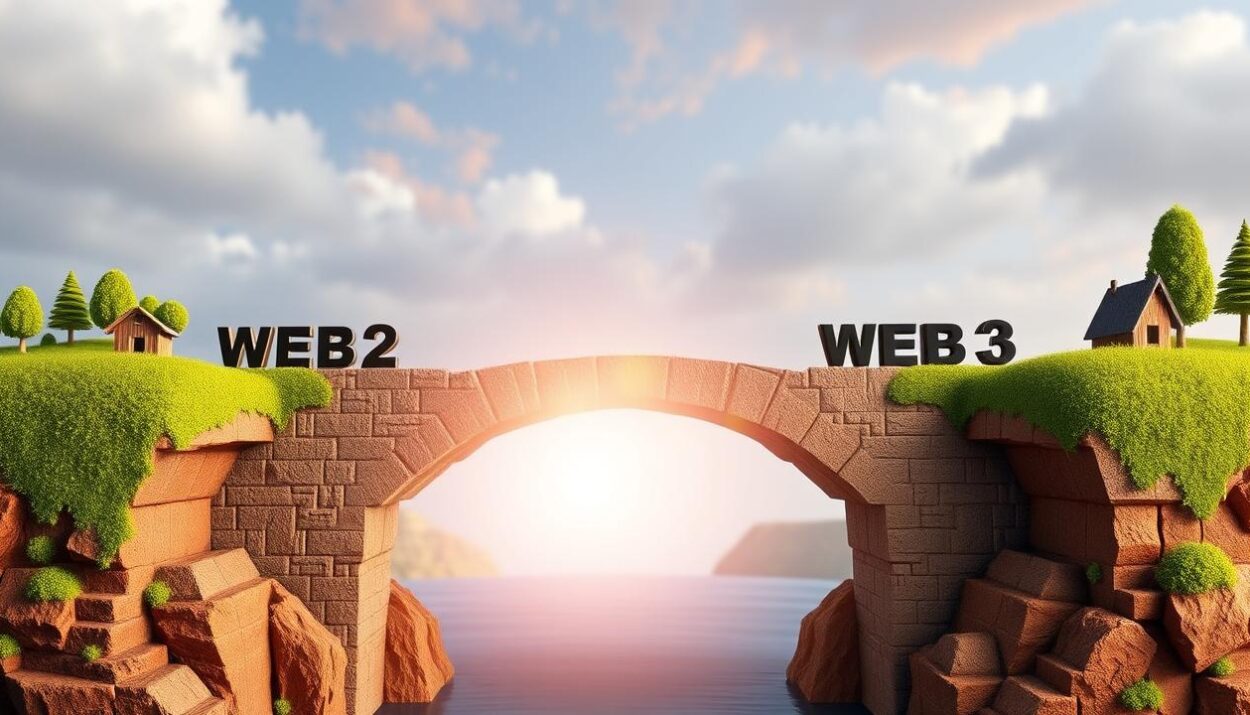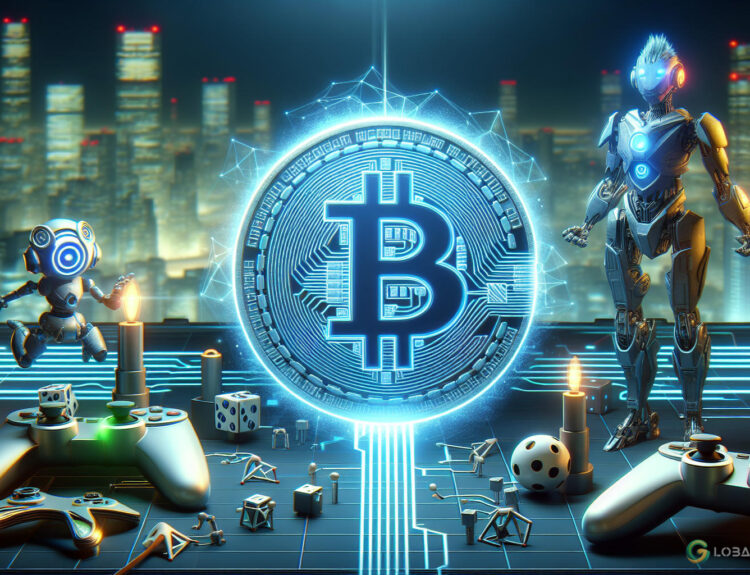Web3 Gaming: Bridging the Gap in Education and Development
The gaming industry has long been at the forefront of technological innovation, with web3 gaming being the latest evolution. Web3 games, powered by blockchain technology, offer players full ownership of in-game assets, a say in the game’s development, and a censorship-resistant experience. Despite its potential, the industry faces an inequity in educational resources and aspiring developers.
Structural Barriers in Web3 Gaming
Compared to traditional gaming, web3 gaming is still in its infancy, struggling with rapidly evolving technology, regulatory uncertainty, knowledge gaps, and widespread skepticism about blockchain-based gaming. Despite a significant increase in daily active users, the market performance lags behind other sectors.
Standards for blockchain development are constantly shifting, making it challenging to create up-to-date educational materials. General skepticism surrounding cryptocurrency exacerbates the issue, with many viewing blockchain as a speculative tool rather than a technology with meaningful applications.
Nurturing Existing Talent in Web3 Gaming
The traditional gaming industry offers a playbook that web3 gaming can follow. Unity and Unreal Engine have built robust communities by providing comprehensive documentation, tutorials, and certification programs. Web3 gaming lacks a clear roadmap for skill development, with many developers relying on self-teaching resources.
By learning from traditional gaming, web3 can create similar pathways to nurture talent. Blockchain foundations, gaming studios, and industry leaders should collaborate to establish structured courses, certification programs, and mentorship initiatives.
The Role of the Community in Web3 Gaming
Web3 gaming is unique in that its success is inherently tied to its community. Unlike traditional games, web3 games rely on decentralized governance and community-driven development. A passionate player base drives engagement, user acquisition, and ecosystem sustainability.
Developers must foster a strong community culture, something that traditional gaming companies have excelled at for years. Encouraging engagement requires developers to design incentives that reward long-term engagement rather than short-term speculation.
Web3 Development: Key Considerations
Web3 development differs significantly from traditional game development. Poorly crafted economies can lead to unsustainable play-to-earn models, where early adopters benefit disproportionately. Web3 game developers must design incentives that reward long-term engagement.
The reliance on blockchain infrastructure is also a major distinction. Most web3 games place assets on-chain while keeping game logic off-chain due to performance constraints. Advancements in blockchain technology are needed to handle real-time game mechanics.
Bridging the Gap in Web3 Gaming Education
Prioritizing educational opportunities is a must to bring web3 games to the mainstream. Blockchain foundations and gaming studios should invest in structured learning initiatives to bridge the knowledge gap in web3 gaming.
Creating open-source learning repositories and partnering with universities can provide accessible educational resources. Encouraging cross-industry mentorship between experienced Web2 developers and Web3 newcomers can facilitate a smoother transition and knowledge transfer.
Without a dedicated effort to train and onboard new developers, web3 gaming will not be able to realize its full potential or reach mass adoption.
For more news and insights on web3 and cryptocurrency, visit Global Crypto News.























